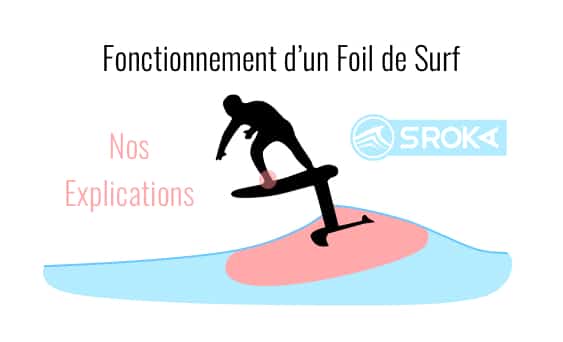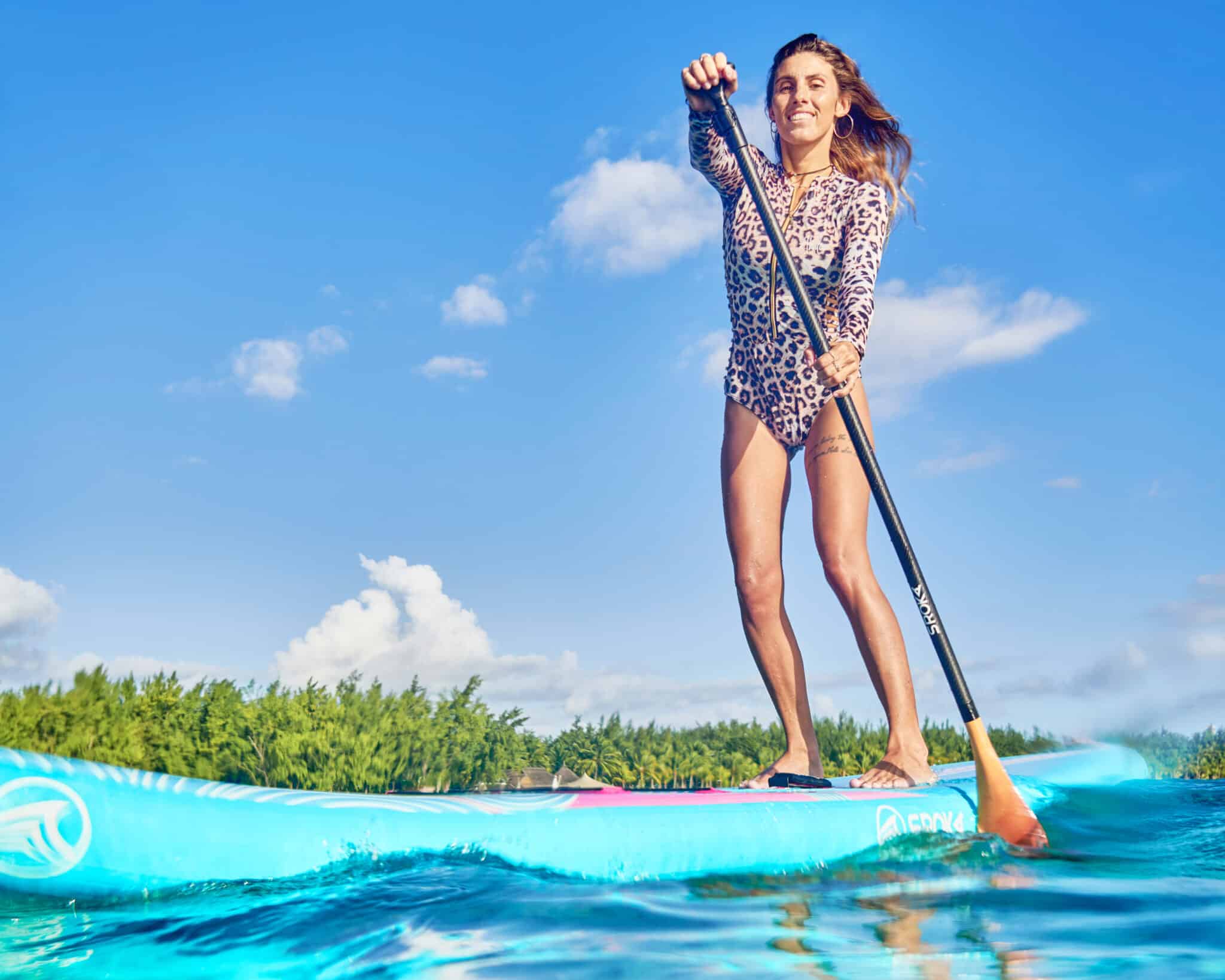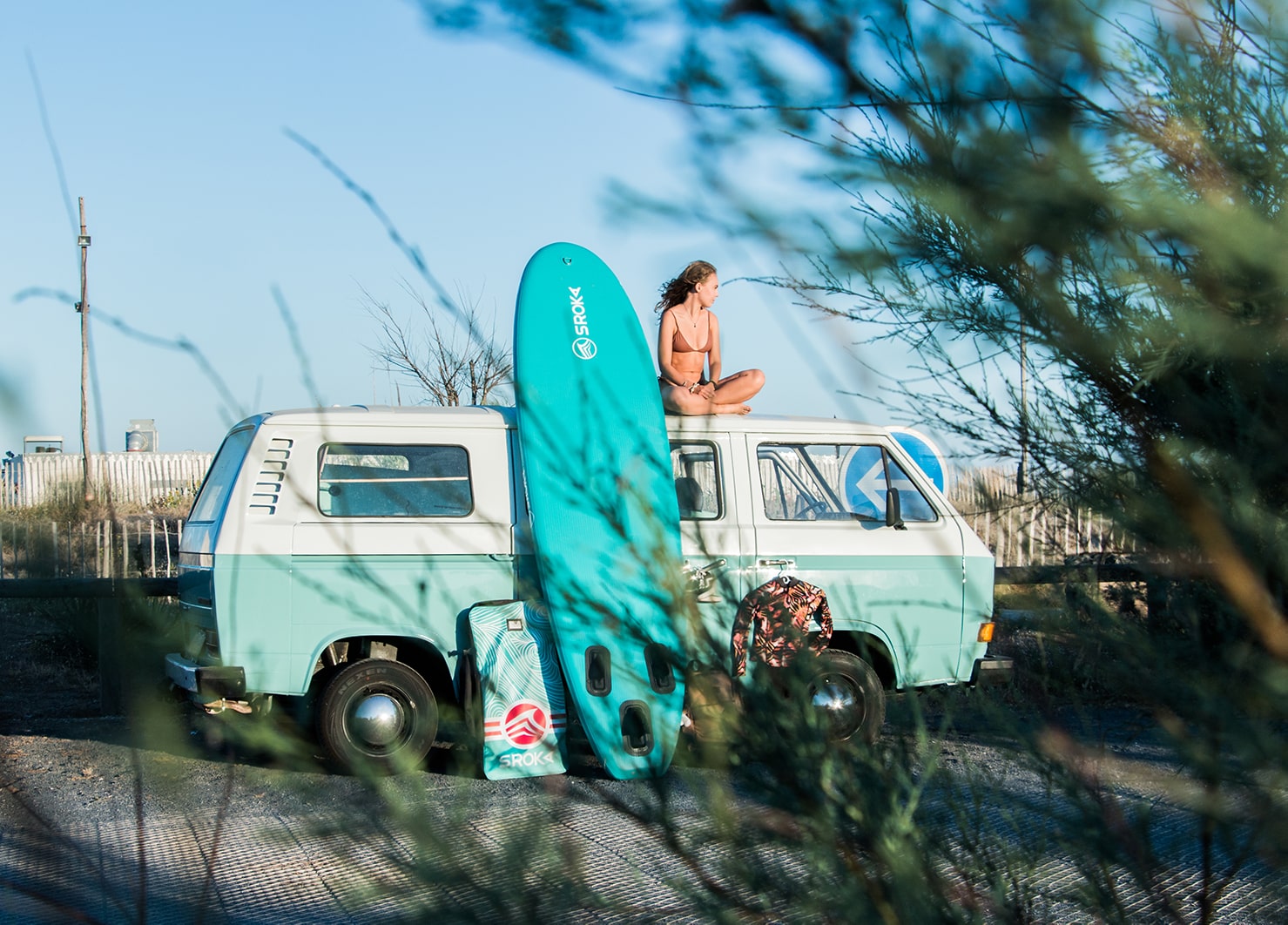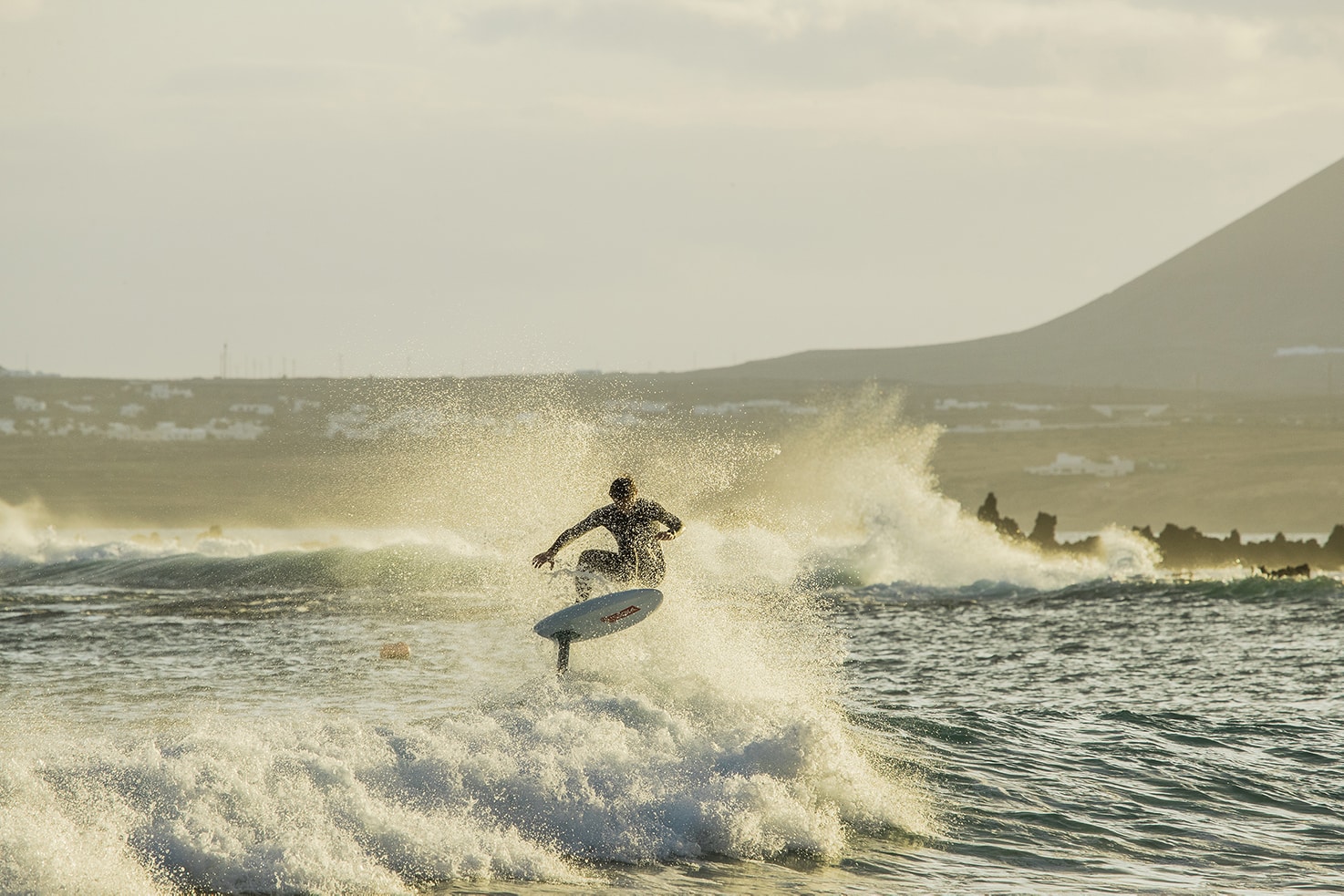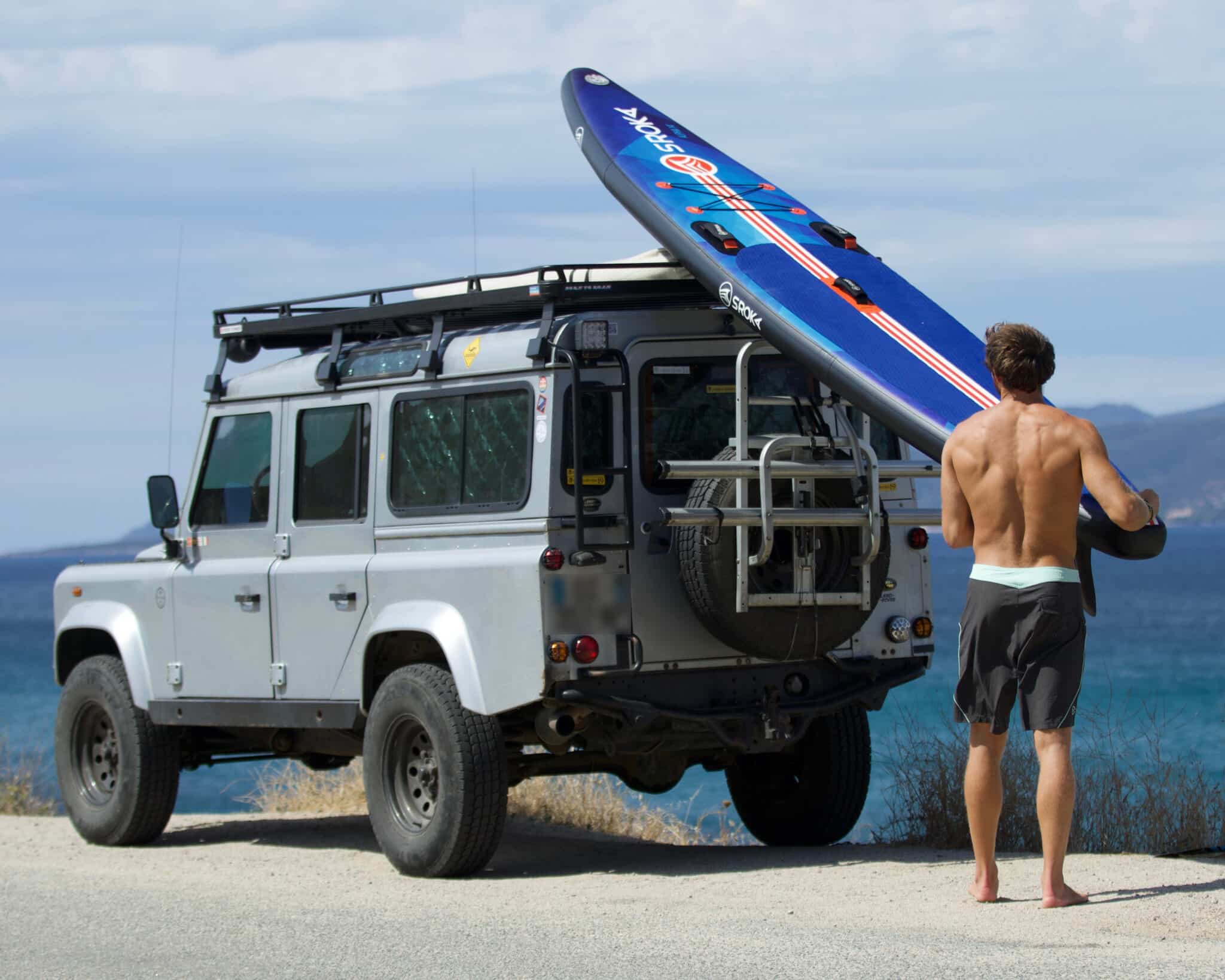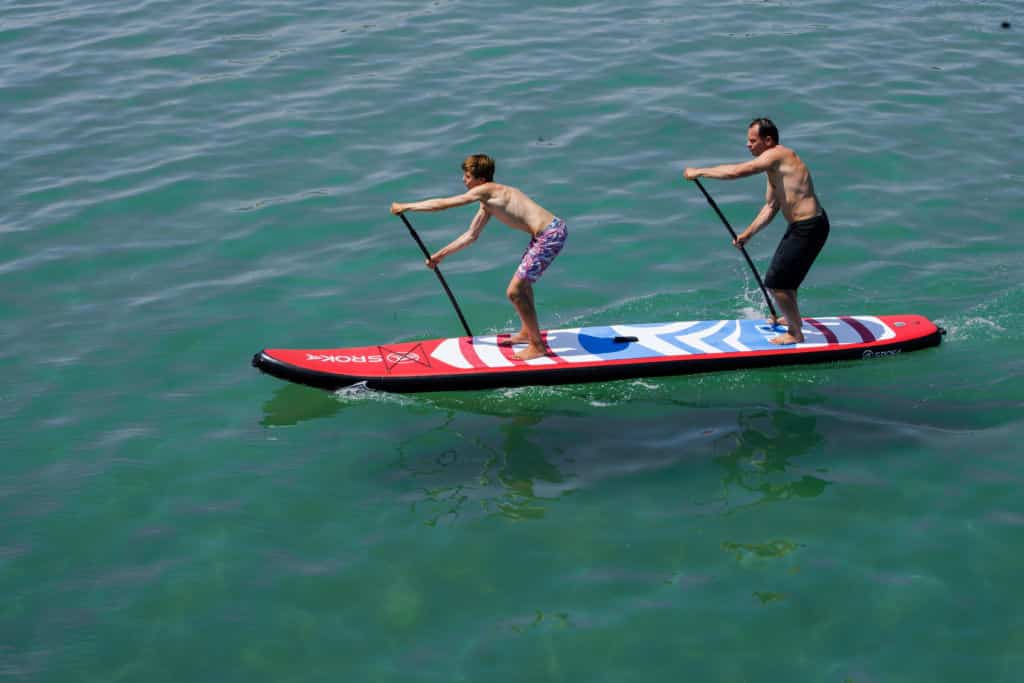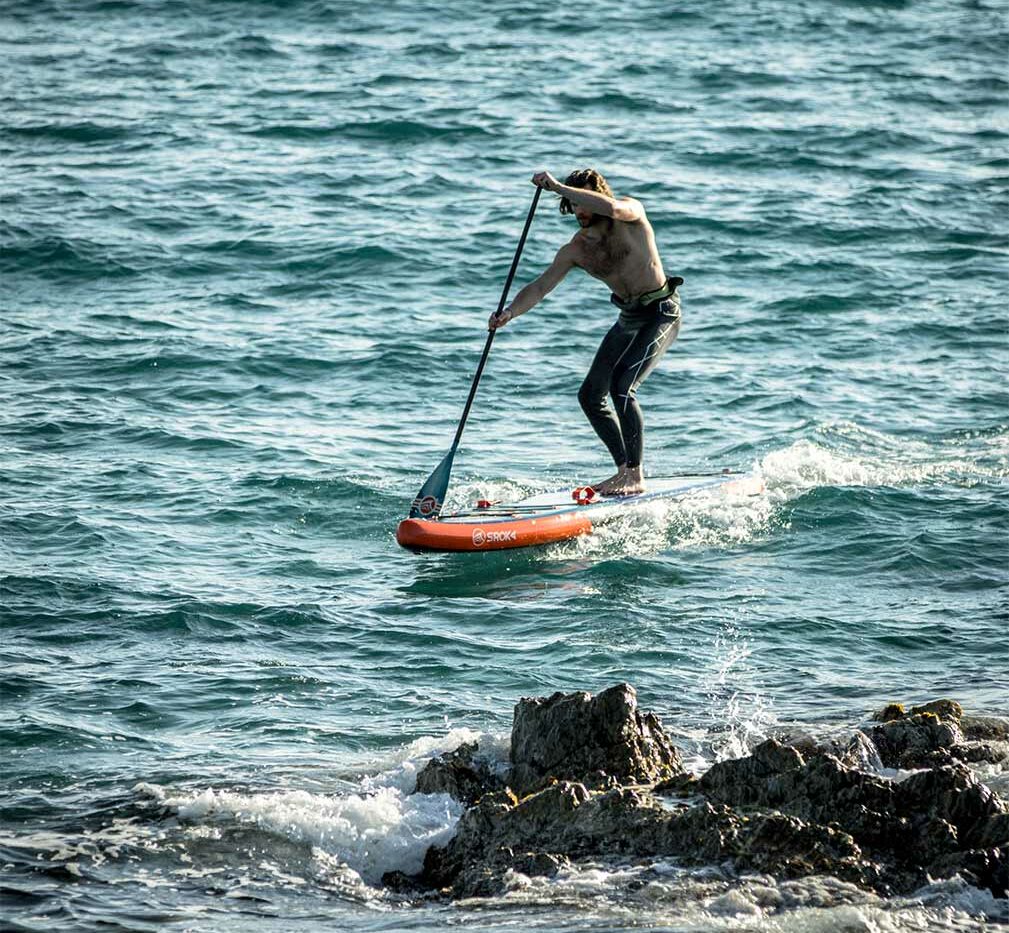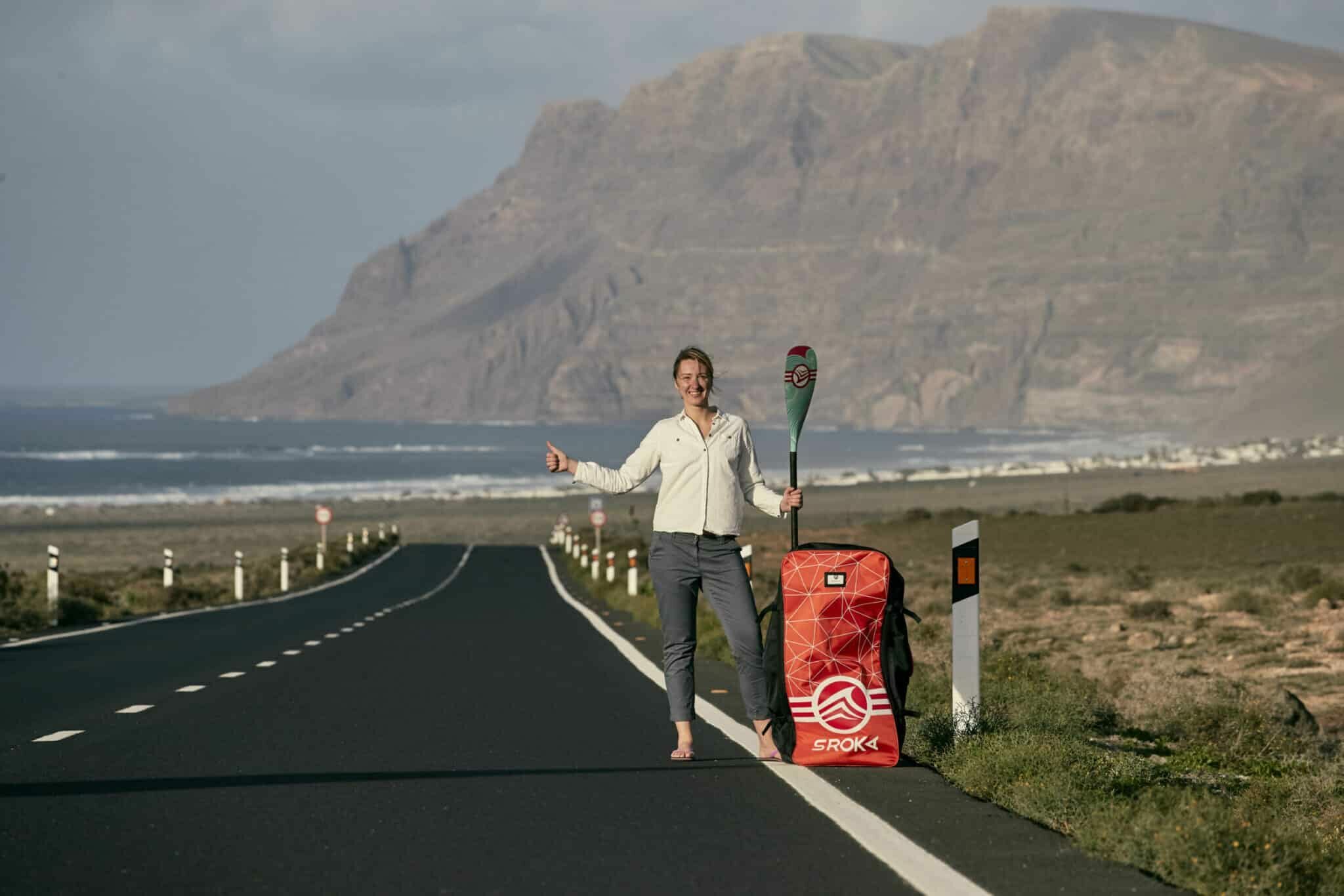 LE MAGAZINE
LE MAGAZINEHow fit are you to practice wing foil?

Flexibility is one of the points that differentiates wing foil from practices such as windsurfing. Where in windsurfing, we were always relatively straight, in wing, the very principle of waterstart or kneeling start demands that we’re not as stiff as our elite carbon mast. So you’re going to have to do a bit of stretching, and be generally nicer to your body, and it’ll pay you back.
For good sessions, you need to be flexible, not least to avoid injury. To help you become as supple as a 13-year-old gymnast, here are a few stretching exercises to be performed as regularly as possible. These exercises are also accompanied by muscle-strengthening exercises to help you become the rock…Minimum!
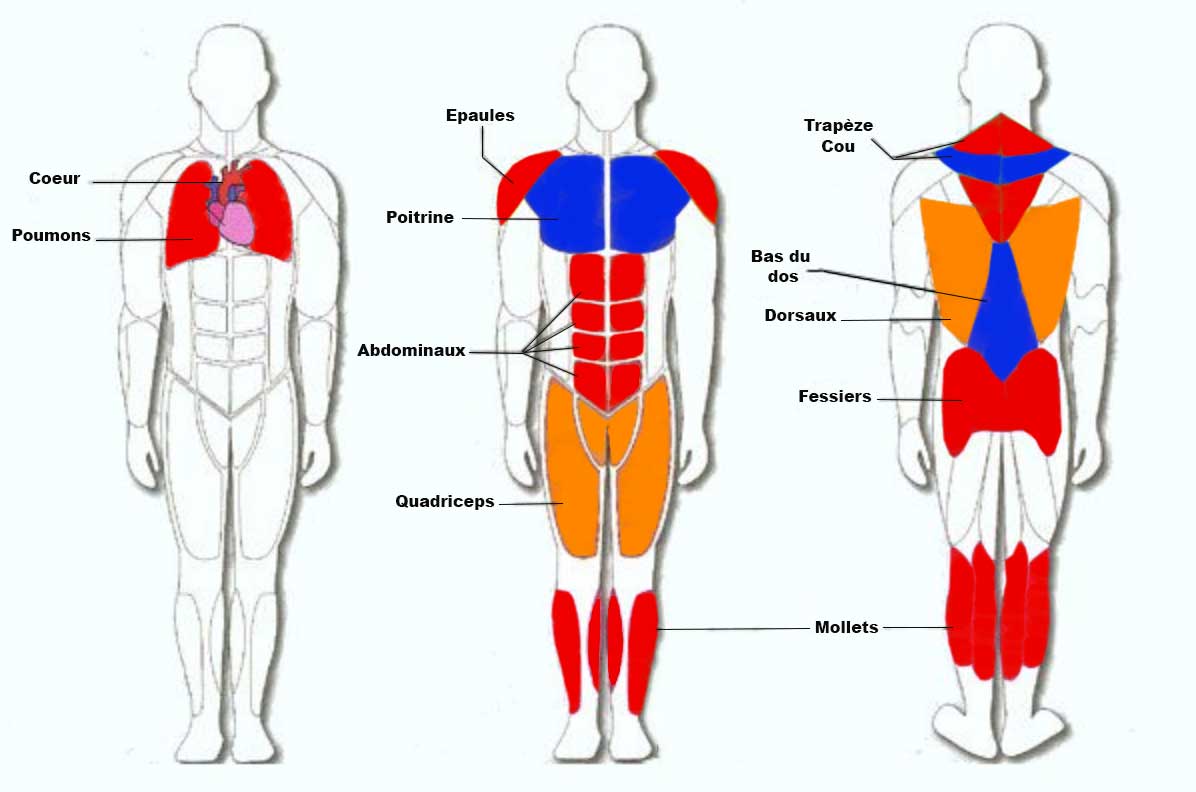
The different muscle groups used in wing foil
- Calves (twins/soleus) and forelegs: Wingfoil often forces us to stay in very particular positions, among them the crouched position to wait for the wind with a small board can be very painful if you’re not used to it. To avoid turning these moments in the water into real torture, stretch your leg muscles as often as possible.
- Buttocks: Stretching the buttocks is essential to ensure you’re comfortable when squatting on the board.
- Hamstrings: During falls (of which there are many, whatever our level), it’s vital to be able to take them. That’s why the hamstrings need to be supple, as our bodies often bend easily in the direction of our poor hamstrings.
- Lumbar vertebrae (erectors of the spine in general): The back, in general, needs to be stretched after each session to avoid locking up, especially when you’re about to start your first rotations in jumps.
- The abdominal strap-
- Scapula fixators (since 2003): The wing implies that you have to pull on it, so the scapula fixators are heavily mobilized. You’ll need to stretch them to improve recovery and absorb the impact of falls.
- Forearms and biceps and triceps.
- Cervical muscles: These hold the head in place, so it’s imperative to stretch them to avoid injury, but also to strengthen them.
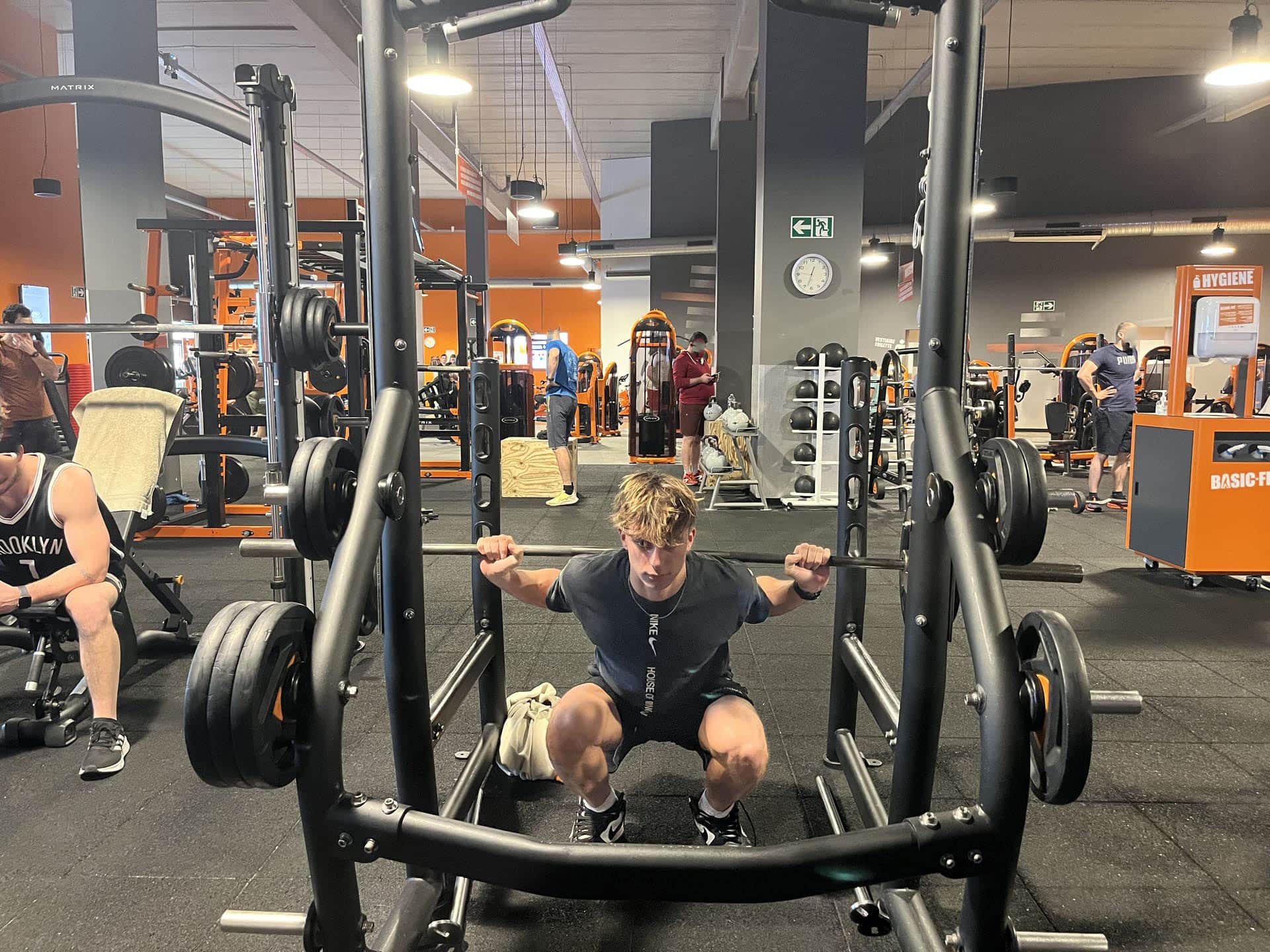
Your dynamism.
Wingfoiling requires a very special kind of dynamism. Indeed, pumping and, more generally, generating the power needed to pull yourself out of the water requires a dynamic, propulsive effort.
To be dynamic, you’ll need to work on your explosive fitness.
1. Before starting the exercises :
Before embarking on any physical preparation worthy of a world champion, it’s vital to take certain factors into consideration. Firstly, your general condition, whether it’s your age, your build or simply your goals. So he’ll be ready to adapt some of the exercises, simplifying them if necessary. If you’re new to the type of exercise you’ll be doing, be sure to follow the instructions for posture and effort.
Specific physical preparation for wingfoil :
Wingfoil is a fairly all-round sport, so you’ll need to be in pretty good general shape. We therefore advise you to exercise as regularly as possible, even before embarking on any specific preparation.
2. Buttocks / Quadriceps :
These two muscle groups are often used together, extending the femur over the pelvis and the tibia and fibula over the femur. In short, leg extension. They will therefore be worked with extension exercises for these segments, for example, the best-known of them all, the squat or the lunge. Once again, the idea is to work on substance, not form: we’re not here to hypertrophy (make the muscle bigger). This involves long sets without trying to put on a lot of weight.
(squat diagram) We’ll be doing squats with or without extra weight, but always with an eye to dynamism. The aim here is not to trigger the muscular hypertrophy that creates volume, but rather efficiency and endurance.
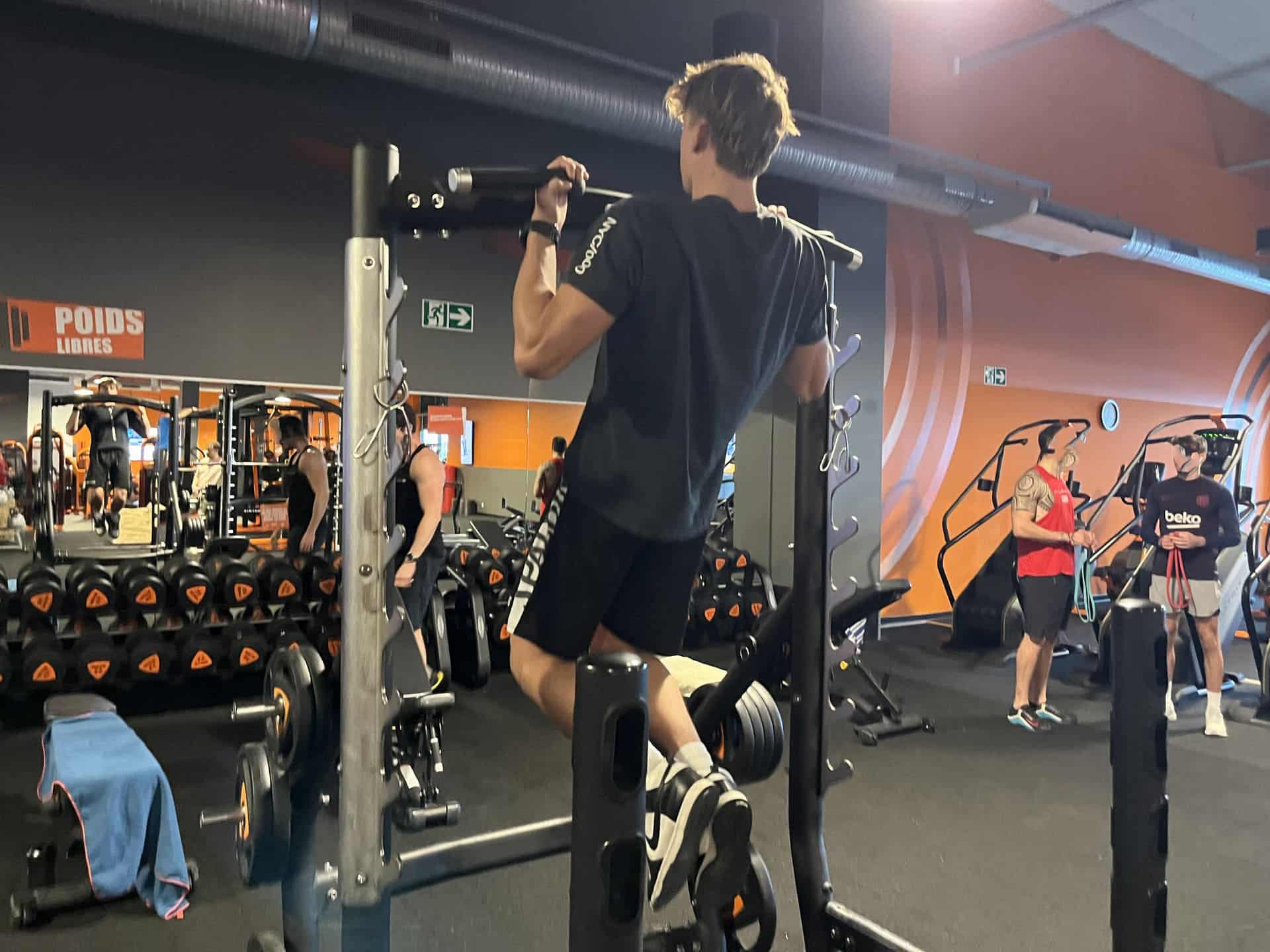
2. Scapula fixators :
The scapular fixators are one of the most important muscle groups in the wing. They hold your shoulders back as the wing pulls you forward. Always with a view to explosiveness rather than hypertrophy (hypertrophy means developing muscle volume), we’ll perform the exercises with bodyweight or a similar load.
The diagrams opposite show pull-ups in pronator or supinator grip, as well as rowing and reverse rowing.
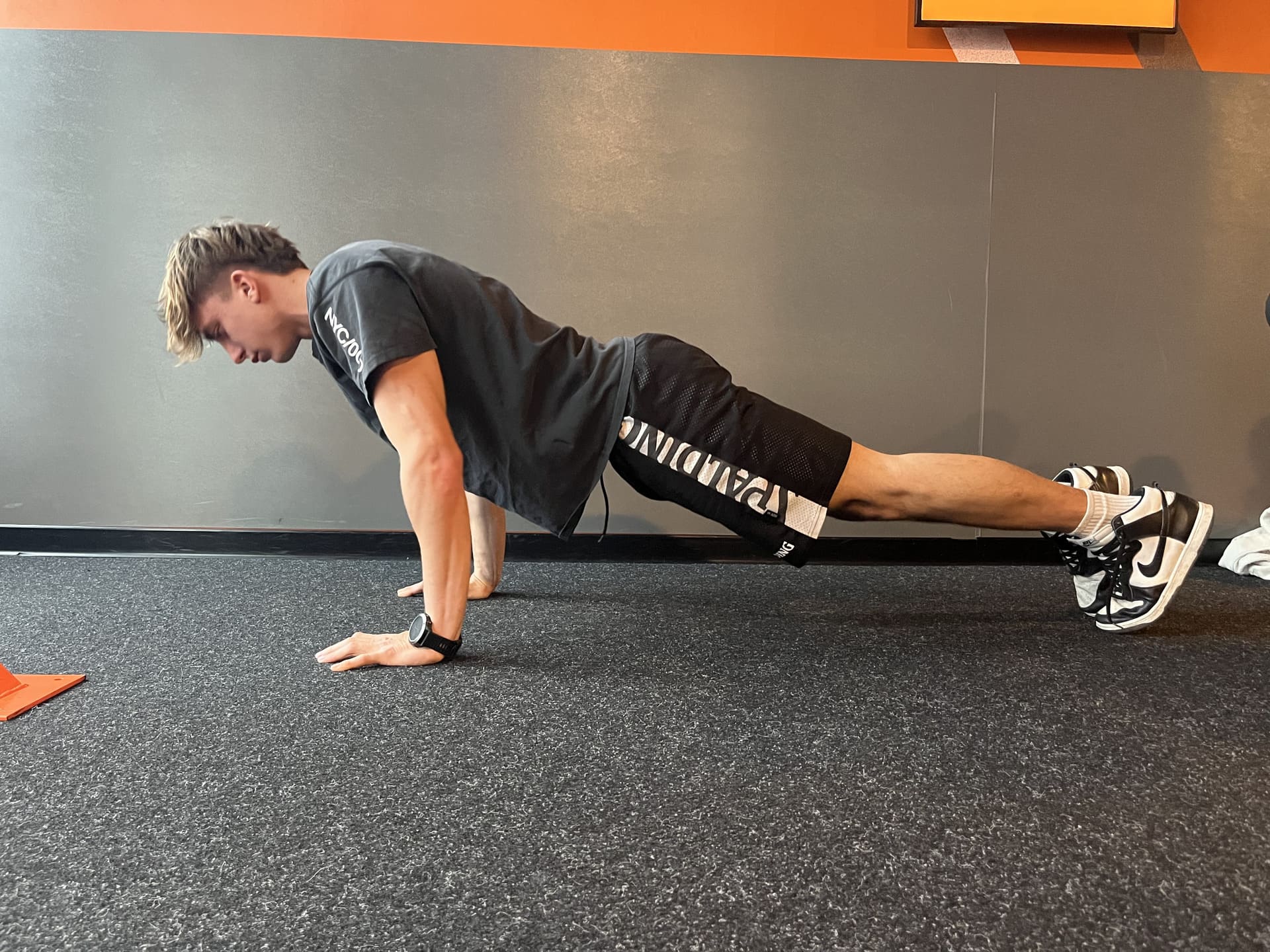
3. Arms:
The arms work naturally in most of the exercises in our program, but when in doubt, and so that they never fail you, we’re going to add arm exercises and more specifically, biceps and triceps.
The photos show push-ups, supine pull-ups and curls.
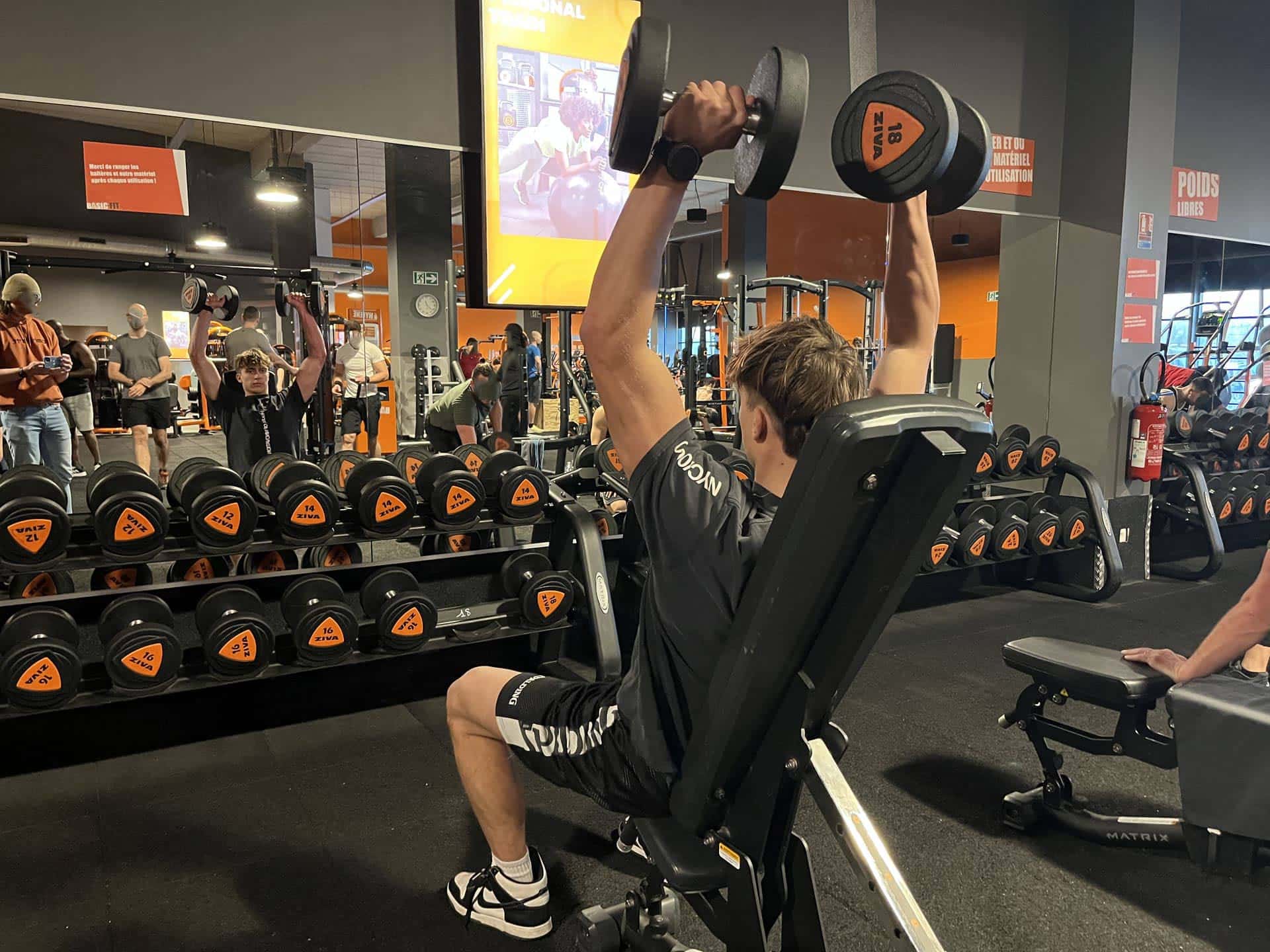
4. Shoulders:
The shoulders are the lateral support for your arm when you’re in the water, and they need to be strong to give you stability in strong winds.
The photos show declining pumps, side elevations and military development.

5. Digital flexors :
Holding the bars during all the other exercises will enable you to work hard on your holding strength. But if you’d like to work it up a bit more, here’s a very effective exercise.
here’s a hand grip
Medical follow-up :
In all cases, a sports doctor and physiotherapist are essential. You can also turn to a coach to help you with your physical preparation.

Post-session recovery: the importance of stretching
After an intense sports session, stretching plays a crucial role in recovery and maintaining muscle health. Here’s why you should incorporate stretching into your post-workout routine:
1 Facilitates muscle recovery :
- Stretching helps reduce the build-up of lactic acid in muscles, which can lead to aches and pains.
- By promoting blood circulation, stretching enables essential nutrients to reach muscle tissue, speeding up recovery.
2.maintains joint mobility :
- After training, muscles tend to contract and become stiffer. Stretching helps maintain joint flexibility.
- Good joint mobility prevents injury and improves sporting performance.
3 Prevents Curvatures:
- Aches and pains are often caused by muscular micro-injuries. Gentle stretching helps repair these lesions and reduce pain.
- By stretching muscles, you also promote their elasticity, which reduces the risk of post-training stiffness and soreness.
4.relaxation and mental well-being :
- Stretching calms the nervous system and promotes mental relaxation.
- After an intense sports session, taking a few minutes to stretch helps to refocus and reduce stress.
Forearm stretch

Back stretching

Deltoid stretch

Lumbar stretch

Hamstring stretch

Calf stretching

Quadriceps and glutes stretching
Conclusion
To conclude, wingfoil is a very complete sport, and one of those pleasure sports where it’s all too easy to practice just for the fun and thrills, but good physical preparation will enable you to enjoy your sessions even more and multiply/extend them.
So look after your body to make the most of your sessions, stretch after each one, and protect your most precious asset to make old wingfoilers!
If you have any further questions on this subject, or any other request, please don’t hesitate to contact us!
 Le Magazine
Le Magazine



